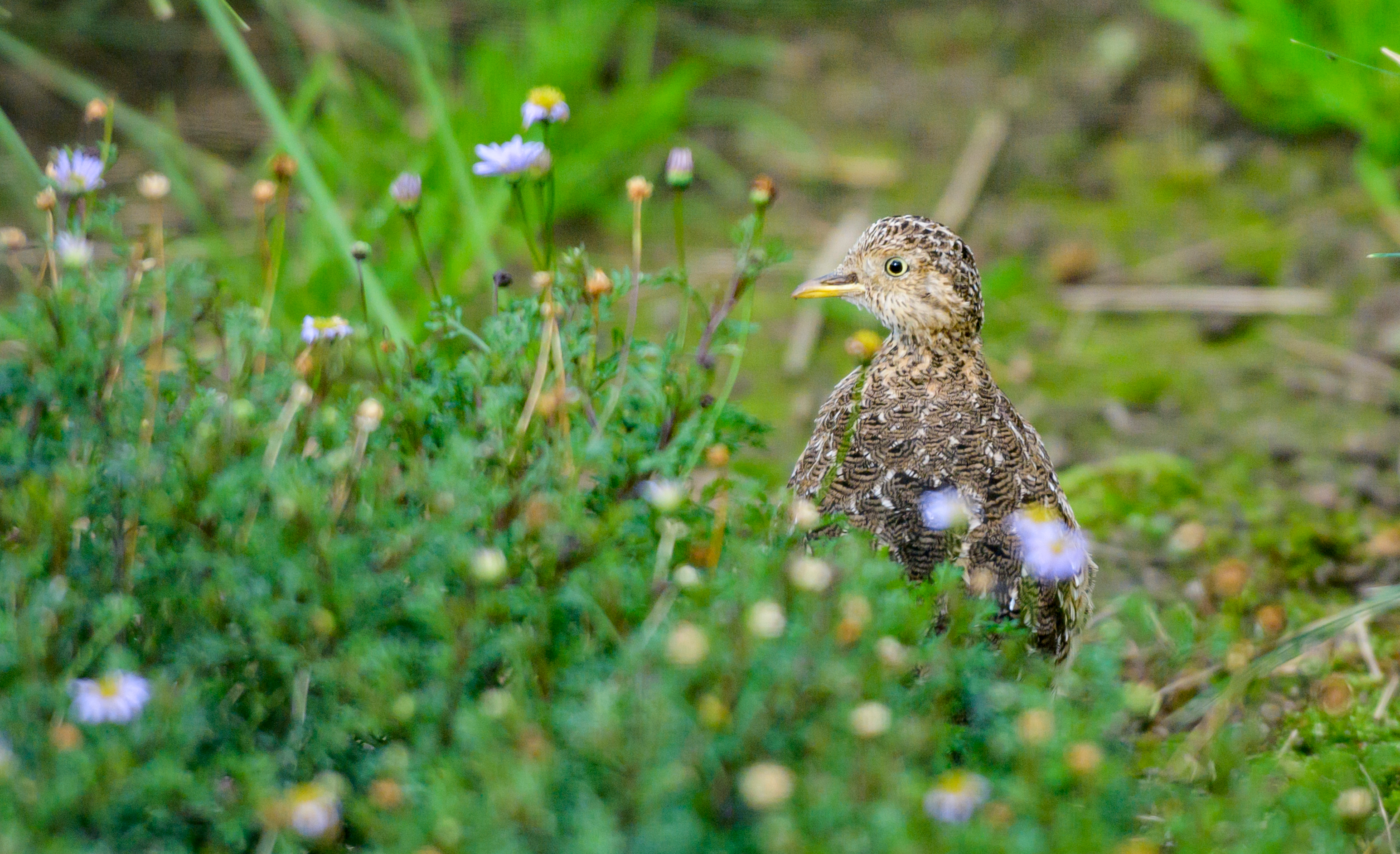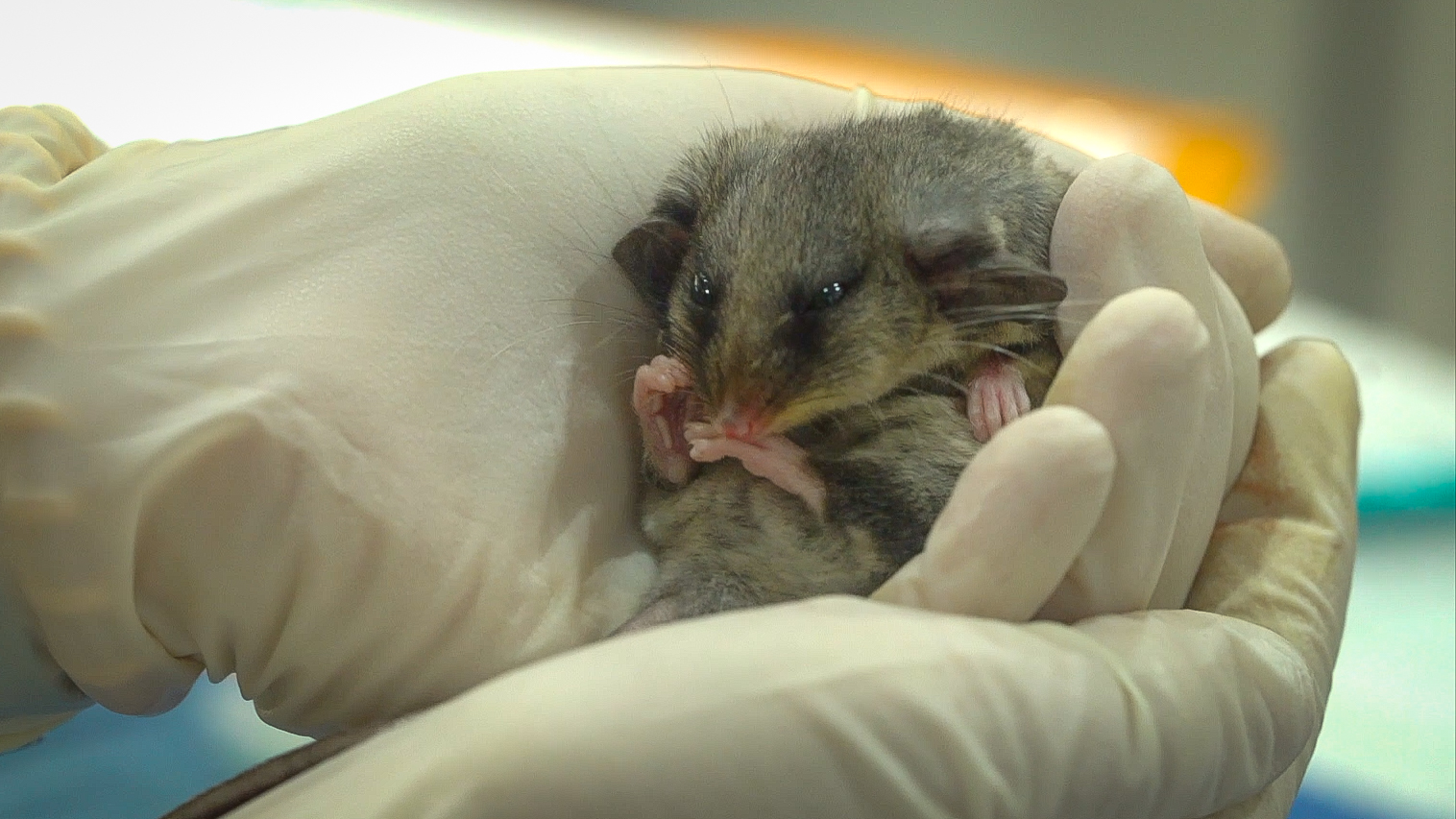Efforts to save endangered species often call for an army of volunteers – but one zoo’s conservation program is showing how an air force can be just as useful. A range of innovative applications of drone technology could be the difference between survival and extinction (at least in the wild) for many species.
Australia has had a horrifying rate of extinction since European colonization, particularly among small mammals, and a great many others are hanging on by their fingernails (or furry equivalent). Zoos Victoria is on a mission to save 27 species classed as threatened or endangered, but doing so requires knowledge we often don’t have.
However, drones are starting to fill the gap – proving they are useful for something besides warfare and annoying neighbors – providing information about the locations of the animals in need of help, and sometimes the delivery mechanisms as well.
“We’re utilizing drones that can be mounted to radio tracking kits, allowing us to radio-track animals we release into the wild from the air, covering far larger areas than we would on foot,” Zoos Victoria Research Assistant and Field Officer Sakib Kazi said in a statement sent to IFLScience. “These drones can also produce large, high-resolution maps, which are far more detailed than any aerial imagery available on the internet.”
One drone-mounted program uses lidar to create a 3D model of the landscape, vegetation included, allowing teams to pick the best places to reintroduce animals.
Drones are not just useful for mapping. Bushfires and floods can pose catastrophic risks to threatened populations – and often the danger is not from the immediate disaster, but the lack of food afterward. Traditional methods of food distribution and slow and expensive, and the presence of humans can disturb the shyer animals.
“Part of our emergency response strategy has been to design a drone with high-resolution camera installed beneath it to target small areas for food deliveries, when required,” Kazi added.
Those ideas may seem obvious, but Zoos Victoria has gone a step further, using recording devices they call song meters to identify the calls of rare birds. To do this they’ve developed AI programs to allow the drones to distinguish calls of the target species from those of more common counterparts.
This has allowed the Zoo team to keep track of young plains warblers, one of the state’s rarest birds, that can roam widely enough to confound conservation efforts that lack air support.
“Song meters have helped conservationists locate Plains-wanderers on 25 native grassland paddocks in Victoria’s Northern Plains and south-west, where they had never been found before,” Threatened Species Program Coordinator Christ Hartnett said.

What do you mean my only hope of survival is a drone that can identify my song?
Image Credit: Jo Howell/Zoos Victoria
Such approaches would be of little use if the drones proved so disturbing to the animals as to disrupt their behavior. However, as Kazi told IFLScience; “We found behavior varies quite a bit, not just by species but by conditions. On farmland, drones often stir up animals on taking off and landing, but when in the air they tend to be drowned out by nearby traffic and get ignored.”
More importantly, with truly wild animals; “Drones don’t elicit much response,” Kazi added. “They can irritate, but thankfully mostly don’t.”
Certainly, Zoos Victoria has not had any of the problems reported by the Western Australian goldmine whose drones were targeted by eagles, and came off second best. “We’ve been taught big birds of prey will often take out multi-propellor instruments,” Kazi told IFLScience, “But it’s only an issue with things that fly like a bird. Others are ignored.”
So far, Kazi said Zoos Victoria has not used drones to spot damaging introduced species – but others have, particularly larger animals such as deer that are damaging parts of the state, including to guide hunters to them. There’s a dystopian version of this where ex-military drones take out species deemed damaging from the air, but so far this is “highly illegal,” Kazi noted.

Somehow when you track a mountain pygmy possum down by drone and give it a health check one of the cutest animals on Earth starts to look a scheming Montgomery Burns.
Image Credit: Pablo Rivas/Zoos Victoria
Other species benefiting from the drone support include some of Australia’s most endangered, such as Leadbeater’s possum, the helmeted honeyeater, the Pookila (once known as the New Holland Mouse), and the orange-bellied parrot, one of the few animals to be dissed by a serving head of government.
Source Link: Drones Are Coming To Save Endangered Species